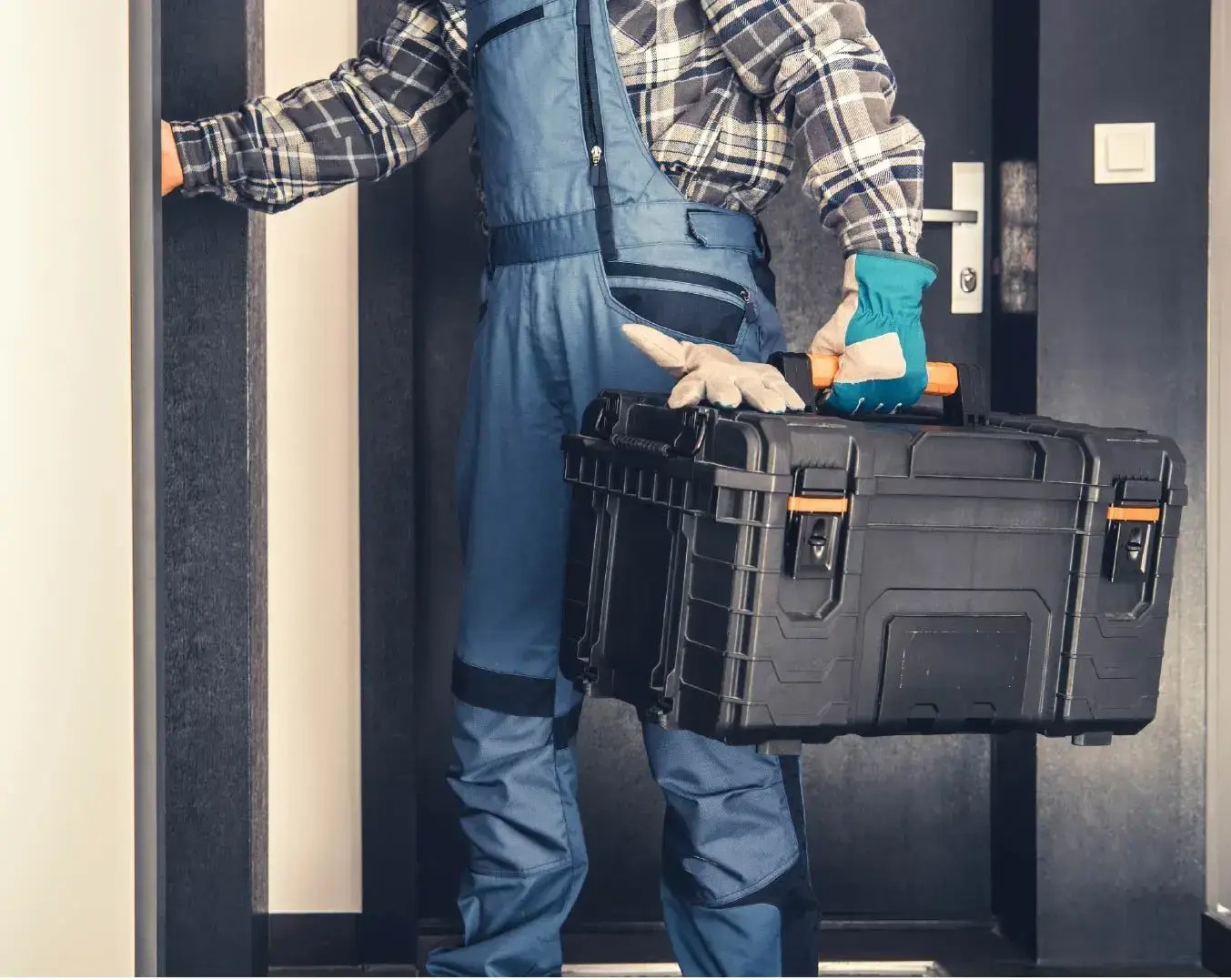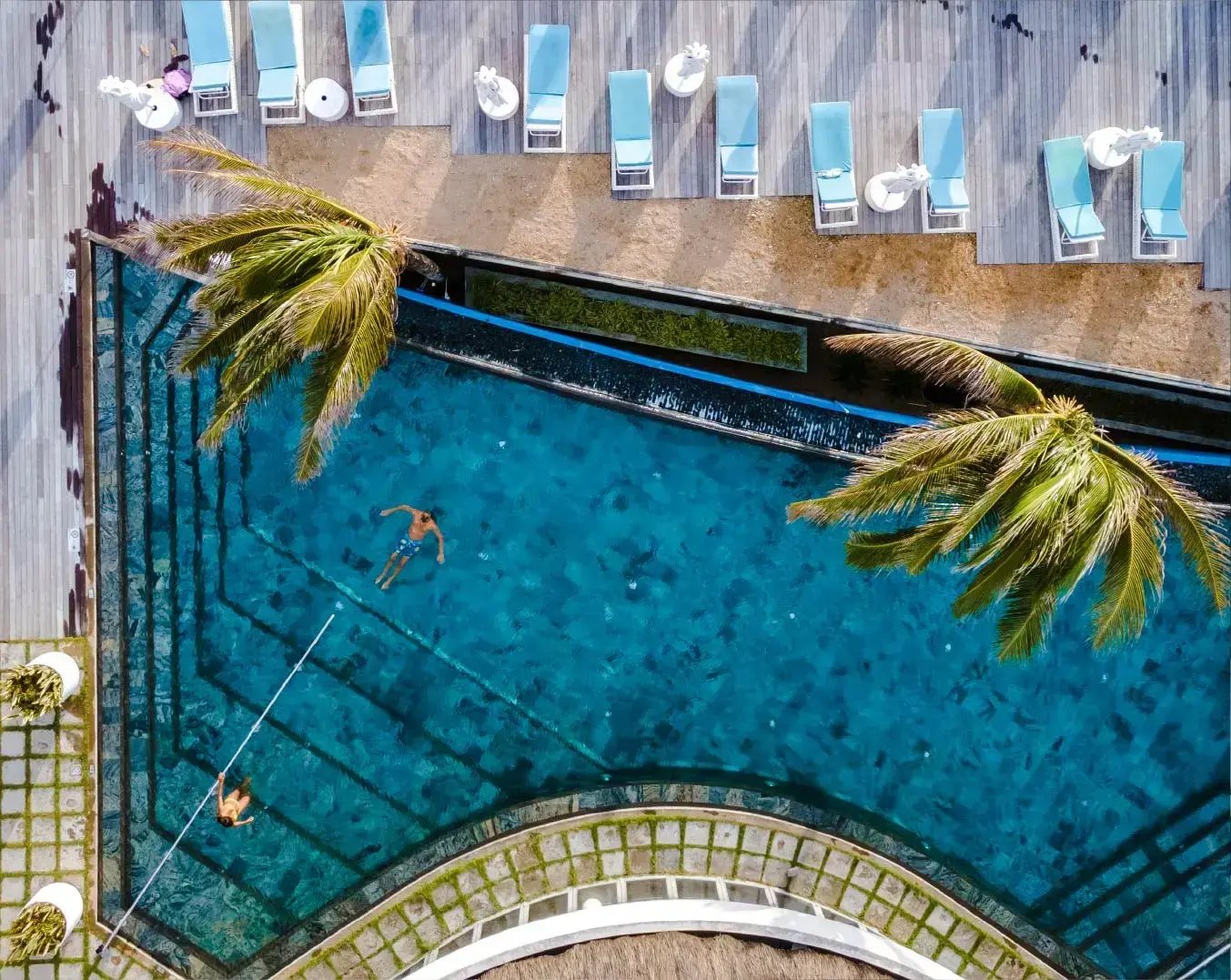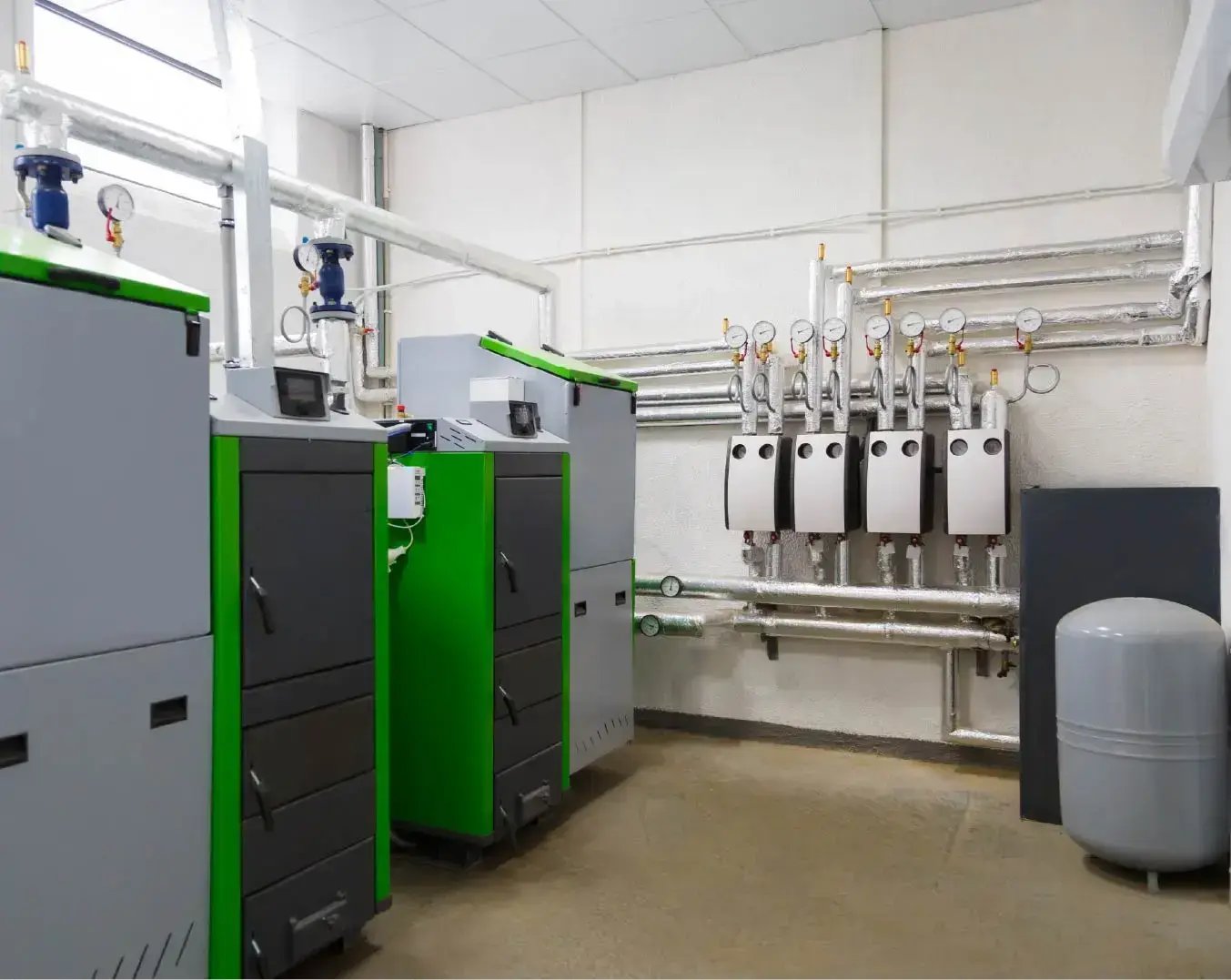What is a hotel maintenance checklist?
Managing a hotel involves keeping track of numerous tasks, making checklists indispensable. A hotel maintenance checklist is one of the key tools to ensure your hotel runs smoothly. It lists the different areas of your hotel and includes all the tasks and inspections that need to be carried out, along with their frequencies.
Having this checklist available for your housekeeping team is a good idea. They regularly check the facilities as they clean and can notify the maintenance team when something needs repairing or replacing. This process can be seamlessly integrated into your daily operations with the help of your hotel housekeeping software.

Why is a maintenance checklist important for hotels?
A maintenance checklist is crucial for several reasons. It helps your staff stay in control and be aware of what’s working and what might need fixing before it becomes a problem. This enables the front desk to prioritize tasks better and allows you to allocate resources effectively.
Helps hoteliers forecast better
Understanding the lifespan of your hotel’s products and facilities allows for better forecasting and budgeting for future repairs and replacements. While wear and tear is normal, knowing the quality and durability of different elements helps you allocate budget to address issues before they arise.
Saves money
Regularly checking installations with the help of a checklist enables your staff to perform preventative and proactive maintenance. This approach helps avoid costly problems by identifying potential issues early. You can also schedule regular maintenance during the off-season when there is less demand, systematically preparing for room closures little by little rather than all at once.
Shows your commitment to the guest experience
Maintaining high standards in your hotel demonstrates to guests that you value their experience. This creates a positive first impression, leading to good reviews and repeat guests. A checklist ensures that each element of your hotel is kept to a high standard.
Improves safety and compliance
A checklist ensures that safety and security are top priorities. Regular checks confirm that everything is working properly, so you are prepared in case of an accident. The checklist also includes compliance checks, ensuring that you meet standards and regulations to protect your guests from potential hazards.
What areas of the hotel need maintenance?
Essentially, all areas of your hotel need maintenance, some more regularly than others. Key areas include guest rooms, common areas, pools and spas, the lobby, boilers, water sources, and plumbing.

What to include in a hotel maintenance checklist?
Depending on the area, your checklist will need to include specific items to ensure everything runs smoothly.
Guest rooms
Guest rooms require regular checks for drain clogs, toilet plumbing issues, and replacing light bulbs. Ensure that all appliances are functioning properly. Inspect in-room furniture for wear and tear or stains and regularly check thermostats and HVAC filters to maintain a comfortable environment.
Common areas
The facilities in your hotel, such as the spa, pool, fitness centers, lobby, and sitting rooms, need regular maintenance. In the lobby, ensure light bulbs are working, and check sofas, chairs, and carpets for wear and tear. For pools, spas, and fitness centers, verify that equipment is functioning correctly and that chlorine and pH levels are balanced.
Laundry
Regularly check filters, clean lint traps, and perform maintenance on washing and drying machines to prevent breakdowns. This ensures your laundry operations run smoothly without interruptions.
Outdoor areas
Ensure lawn and plant watering systems are operational, clear debris from plants, and check that sewage drains are not clogged. Make sure water collected on the roof is draining properly and monitor the condition of the pavement to avoid any hazards.
Kitchen and food and beverage
In the kitchen, ensure drains are clear, light fixtures are working, and all ovens, grills, fryers, and refrigerators are functioning properly to prevent food spoilage and safety issues. Check ventilation and exhaust systems, and make sure coffee machines and ice machines are in good working order.
Water sources, thermostats and plumbing
Regular maintenance of plumbing is crucial to avoid leaks, clogged sinks, and toilets, ensuring guests have access to hot water at a safe temperature. Thermostats should also be checked regularly to maintain comfortable temperatures throughout the hotel.

How to build your own hotel maintenance checklist?
To build a hotel maintenance checklist, start by making a list of all the areas in the hotel and determine what needs maintenance and the frequency with which things should be checked. Next, be sure to provide training to the maintenance team so they know how to use the checklist, what they need to check, and how to properly document their findings. It’s also important to train them on prioritizing tasks so they know which ones take precedence over others.
For each area, have a series of tasks listed with yes/no questions so that the maintenance staff can check off the questions as they go and write notes as needed. Make sure there is a procedure to record findings and to request materials for repairs should they not be available on hand. Incorporate the maintenance checklist of the rooms into the housekeeping tasks, as they are the ones who are most “in the know” about the needs of each individual room.
Regularly update and review the checklist to ensure all items are being addressed with the necessary frequency. Incorporate follow-up tasks into the list so that everyone is clear on the next steps. For example, if a new thermostat has been installed, ensure a follow-up task to check how it’s working is included in the list.
Conclusion
Hotel maintenance checklists are a key part of operational efficiency, allowing your hotel to better allocate resources, prepare for the future, and ensure guest satisfaction by keeping everything in working order. If you don’t have one yet, now is a great time to start creating one.
